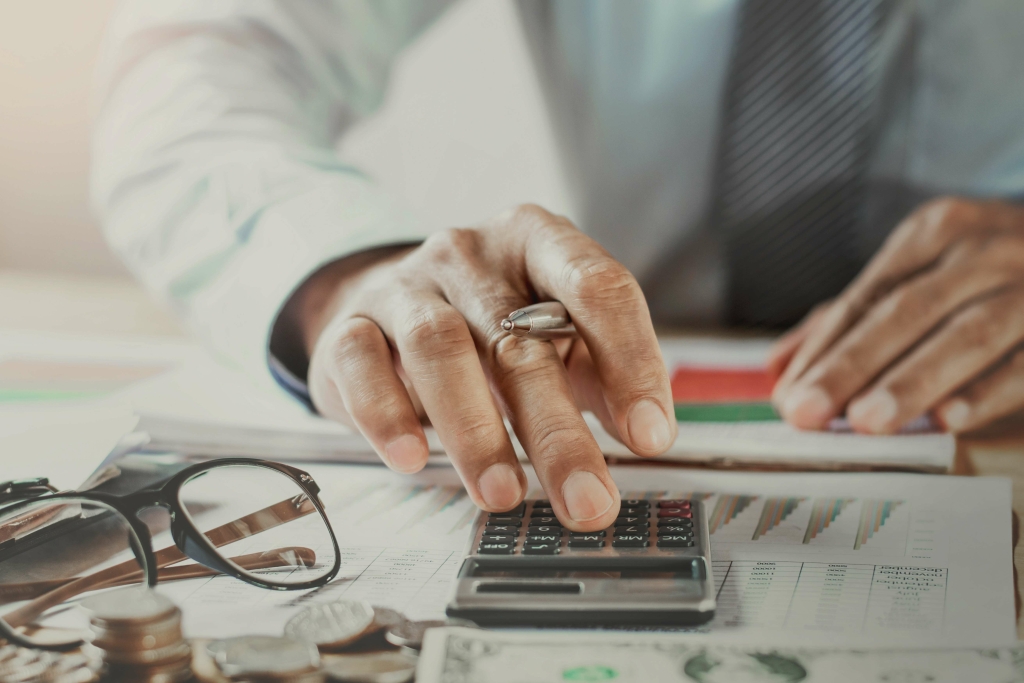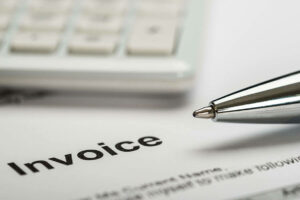
This means that, for the period analyzed, 47.5% of your sales goes toward expenses. Gross profit margin is the profit after subtracting the cost of goods sold (COGS). Put simply, a company’s gross profit margin is the money it makes percentage of sales method calculator after accounting for the cost of doing business. The SWOT(Strengths, Weaknesses, Opportunities, and Threats) analysis is easy for the brand. They can gauge the performance of their product versus the competitors and their services.
Related Articles
Most businesses think they have a good sense of whether sales are up or down, but how are they gauging accuracy? With shifting budgets and different departments needing more or less from the company every month, having a precise account of every expense and how it relates to future sales is a must. Another variable is step costing, which are costs that do not change steadily with sales volume but at discrete points. For example, purchase discounts may be applied to purchases once a unit count passes, say, 10,000 per year. The cost is variable and changes to a different percentage of sales in response to a different volume level.
Percent of Sales Calculator

Enter these two numbers to calculate the percentage proportion between them. If you are solving manually, the formula needs the percentage in decimal form, which means that the solution needs to be multiplied by 100 to convert it to a percentage. That is what our calculator does, and it accepts inputs in percent and decimal form. For example, suppose your revenue for a particular period equals $200,000 and your expenses for the same period equal $95,000.
What is sales revenue? Ultimate guide on how to calculate it
Identify which financial elements to track along with your sales numbers. These elements show how sales affect your business’s finances. With changing budgets and different needs every month, it’s important to know where your money is going and how it affects future earnings. In this article, we’ll discuss what the method is, how to use it, show an example, and illustrate some of its benefits. So, let’s say you’ve earned $250 selling your lemonade, and your grand total, including expenses and all, is $1000. It tells you how much of your lemonade stash you’ve turned into cold, hard cash.
- Whenever you want to determine a specific percentage of another number or even a number equation, the percentage calculator will help you avoid calculating percentages on a calculator manually.
- Now that she has the relevant initial figures, she can move on to the next step.
- When you can quickly create sales forecasts, you can adapt to sudden storms.
- We’ll use her business as a reference point for applying the percent of sales method.
How to Calculate Sales Percentage: Methods & Formulas
- V1 is the first value that the percentage will modify, while V2 is the result of the percentage operation on V1.
- A business would need to forecast the accounts receivable or credit sales using the available historical data.
- However, if you still need to do it manually, here’s how to calculate percentages on a calculator.
- Those percentages are then applied to future sales estimates to project each line item’s future value.
- With a BDE of $1,100, she might be looking at merely an extra $878, which significantly impacts any new purchases she might be looking to make.
- The cost is variable and changes to a different percentage of sales in response to a different volume level.
Multiplying the forecasted accounts receivable with the historical collection patterns will predict how much is expected to be collected in that time period. Let’s look at a practical example to help you understand how to apply the percentage of sales method. This method is helpful for contractors who need to make financial projections based on past performance. It’s especially useful for predicting the resources needed to handle upcoming projects and expenses.
Step 4. Copy the Formula
Frank wants to see the percentage of sales for his expenses specifically so he goes back to his initial amounts and sees that expenses totaled $20,000, or 20% of revenue. Divide your line item amounts by the total sales revenue amount to get your percentage. A percentage calculator automatically converts the input percentage into a decimal to compute the given solution. Provide any two values and click the ‘calculate’ button to get the third value. The value returned is the real percentage, not its decimal representation. As a result, we can ensure that the percentage calculator is highly responsive and 100% accurate.
Percentage of Sales to Categories of Expenses
The store owner needs to look at each line item on the financial statement and work out the percentage in relation to revenue. That’s also the reason why it’s relatively easy to update with new historical sales data as it comes through. While it offers a good starting point, it’s essential to use this method alongside other forecasting techniques.

